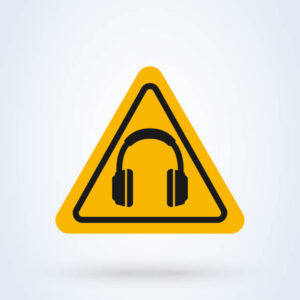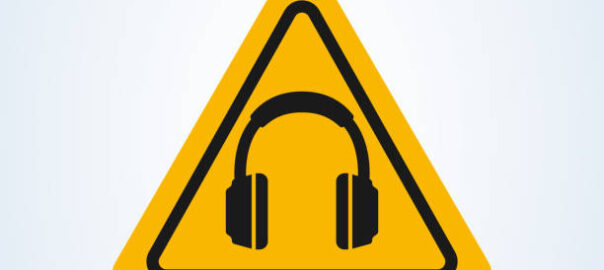
Introduction
Hearing Conservation Programs are essential for safeguarding the hearing health of workers exposed to high noise levels in the workplace. These programs aim to prevent noise-induced hearing loss (NIHL) and promote overall well-being. According to Brooke Stott, Au.D., CCC-A, CPS/A an Occupational Audiologist at Workplace INTEGRA, “A good rule of thumb for estimating how loud your work environment is to use the 3-foot rule. If you’re standing 3 feet from an individual, or approximately arm’s length away, and you have to yell to be heard over the noise this indicates noise levels are likely 85 dBA or higher and a noise exposure assessment may be necessary to ensure your employees are protected.”
Let’s break down the key aspects of when and how to initiate a Hearing Conservation Program.
Determining the Need
Noise Exposure Levels
The first step is to assess the noise exposure levels in your workplace. According to the Occupational Safety and Health Administration (OSHA) Standard 29 CFR 1910.95, a Hearing Conservation Program is required when:
- Employees are exposed to an 8-hour time-weighted average (TWA) noise level of 85 decibels (dB) or higher.
- The noise exposure exceeds a peak sound level of 115 dB (measured in any 15-minute period).
Seeking Expertise
When evaluating the necessity of a Hearing Conservation Program, organizations often turn to qualified professionals who specialize in occupational health and safety. Here’s how their involvement can enhance the process:
Noise Exposure Assessment:
- Audiologists or occupational health consultants can conduct thorough noise exposure assessments.
- They use advanced equipment, including precision sound level meters and dosimeters, to measure noise levels accurately.
- These professionals analyze data and provide precise information about exposure risks.
Site-Specific Evaluation:
- Outside experts perform on-site evaluations tailored to your workplace.
- They consider factors such as machinery, work processes, and employee tasks.
- Their expertise ensures a comprehensive understanding of noise sources.
Compliance with Regulations:
- Regulations regarding noise exposure can be complex.
- Audiologists stay up-to-date with local, state, and federal guidelines.
- They help organizations comply with OSHA standards and other relevant regulations.
Customized Solutions:
- Professionals collaborate with employers to develop customized solutions.
- These may include engineering controls (such as noise barriers), administrative measures (like job rotation), and personal protective equipment (PPE).
- Their recommendations align with the specific needs of your workforce.
Audiometric Testing Oversight:
- Audiologists or licensed hearing conservationists oversee audiometric testing.
- They ensure accurate testing procedures and interpret results.
- Regular follow-up assessments are crucial for identifying early signs of hearing loss.
Conclusion
Contracting outside professionals enhances the accuracy and effectiveness of your Hearing Conservation Program. Their expertise ensures compliance, minimizes risks, and promotes a healthier work environment. Remember, protecting your employees’ hearing is an investment in their long-term well-being!
If you are considering whether your employees should participate in a hearing conservation program, we encourage you to connect with Workplace INTEGRA. Our comprehensive suite of Occupational Hearing Conservation Services is designed to support America’s workforce. With our industry-leading hearing data management software and a team of knowledgeable professionals, we are passionate about preventing hearing loss before it occurs. Visit our website at Workplace INTEGRA to learn more.”



